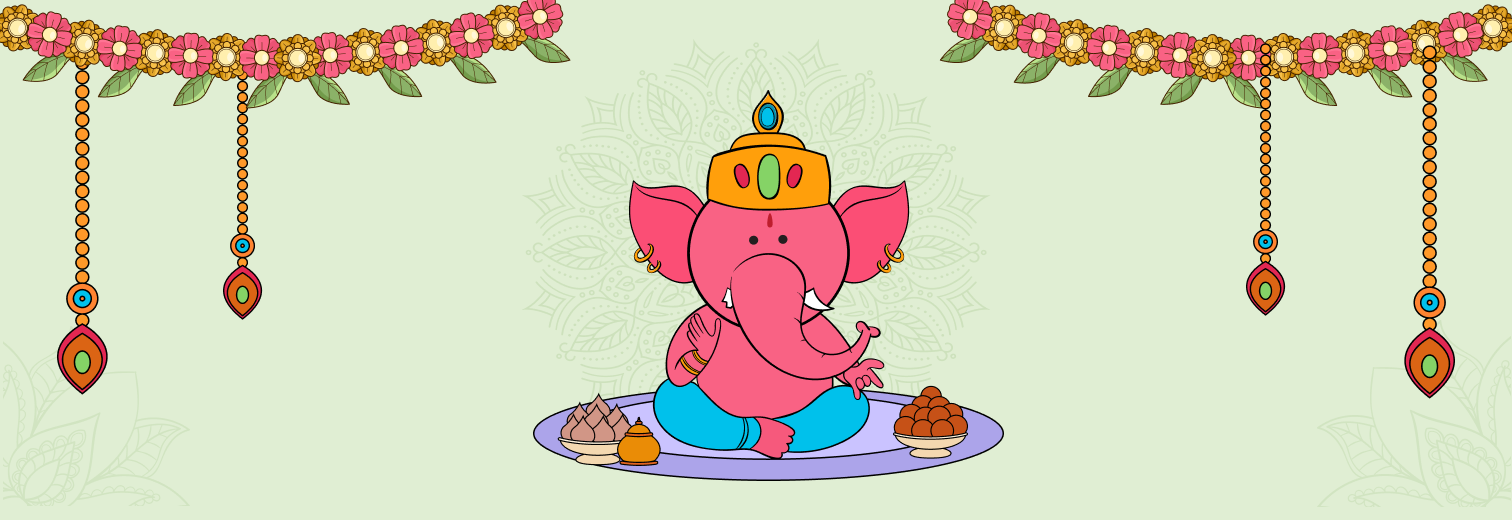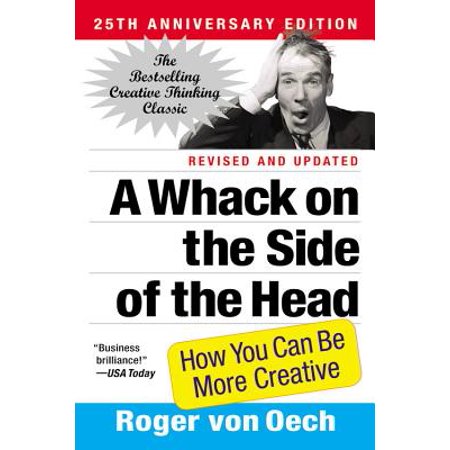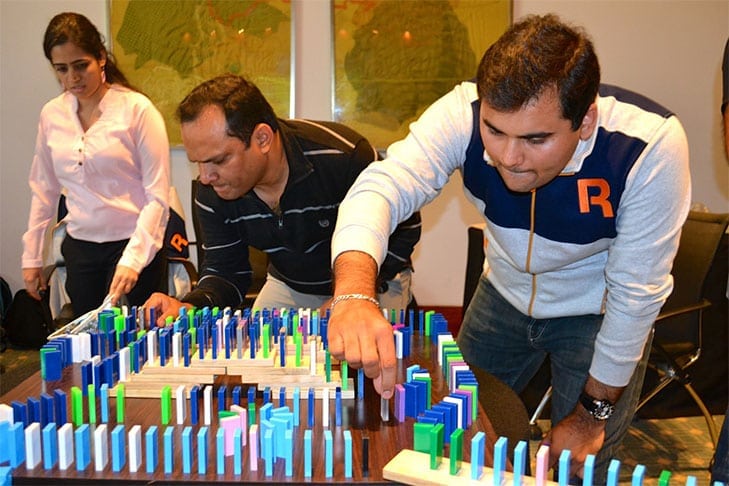
Parents often wonder about their children’s creativity. Are children naturally creative or is something needed to bring out their creative side? Are there the haves and the have-nots, or is there another way of thinking about this?
Can creativity be taught?
Table of Contents
Well, the long answer is: maybe? The short answer is… maybe not. Some research done on the matter suggests that yes, creativity is a skill that can be taught, and even assessed! But others are of the mindset that creativity already lies within all of us, and you just have to find ways to ignite the creative spark.
Perhaps the question shouldn’t be about creativity’s nature vs. nurture status. We cannot be entirely sure if we can teach something like creativity or not, so why not instead spend time trying to encourage creativity for those around us? Creativity is important all throughout your life, but creativity at the workplace can be vital to personal and professional success.
To that end, below are some suggestions for leaders and employers to encourage the creative spirit in their employees.
Get out of the office
I know, I know. This one may seem counterintuitive. How do we encourage our employees to create more and utilize this newly blossoming skill at the workplace if we are taking them out of the workplace? Just as you need to take vacations to recharge your battery to stay sharp at work, you must do the same for your creative mind. Take employees out of the office for a get together in the park or try working in that café across the street. You’ll be surprised what new surroundings and a little observation will spark.
Play
Again, what? I thought we were supposed to be working here! Well, you are. Play is an extremely important part of work. We at FocusU whole-heartedly believe in experiential learning and a vital element to this is fun. Whether it’s for the sheer enjoyment of a new experience, or you like to mix fun and learning, there is always something new to try. The point is whether you take your team for a fun round of paintball or unleash their musical side, trying something fun, new, and different really has the potential to change your view of the world around you.
Encourage work-life balance

Although this one may seem obvious, take a second to really think about it. If employees feel balanced, they will have the time to devote to things that interest them. Creativity can come from anything, be it something you love or something you hate, but chances are you’ll find you are more creative while doing something you enjoy. Thus, if employees have time to spend doing things they enjoy, they’ll have the brain space and energy to think freely at work. Freethinking can lead to some very unique thoughts. Needless to say, there are some beneficial byproducts to this as well – productivity and general quality of life will also improve.
Setting research aside, personal experience tells me that creativity is very personal, and each individual has to find what works for him or her. I find my mind working best while I’m high up in the sky on a long flight or while I’m reading a really good book. Anything can spark creativity – a leaf floating in the wind, a train speeding past, or a really good cup of tea. Find what works for you and share it with others around you. Who knows, you may set off that light bulb for someone who needs it.
Beyond these methods for encouraging creativity in your day-to-day life, I want to discuss a method for strategically developing and practicing creativity. In his book Zig Zag, author R. Keith Sawyer lays out an 8-point model for actively working to develop creativity. In fact, Sawyer rejects the idea of a creative spark. Rather than an instantaneous burst of light or insight from above, creative ideas are developed and pieced together over time. The moment the idea comes together might feel magical or mystical, but that moment is the result of hard work, time, and consistent effort.
While the list below is given in the order Sawyer introduces it in his book, he emphasizes the importance of the fluidity of these 8 ‘steps’ to creativity. Forget about thinking in a linear fashion – zig zag your way through this framework, going back and forth and skipping around as needed.
1. Ask
The right questions lead to fruitful and surprising answers, whereas the wrong question will often give you uninteresting answers and even lead you to a dead end. To get the answers that will propel you forward, you have to search deeper and rework your questions until you find the right one.
2. Learn
The more you learn, the more raw material you have to later work with, play with, and mold into an idea. Learn about your own field; master your discipline. At the same time, balance your work with interests outside of your area of expertise; you never know when your knowledge of another discipline will come in handy.
3. Look
Looking isn’t just about seeing. It’s about interpretation, connections, and being open to new ideas. Once you develop an idea, there is a danger of wanting to preserve the idea and thus not being open to changes and ultimately, improvements.
4. Play

The most inventive concepts often come from discarded ideas, failed projects, or from something made for an entirely different purpose initially. Continue to play, never worrying if you fail, but also not discarding your failed ideas entirely. Additionally, the importance of taking a break from work is undeniable. Allowing yourself to play helps your mind synthesize the raw material gathered in the looking and learning phases.
5. Think
Productivity is the key to creativity. The more you create and do, the better your chances are of one of your creations being a winner. Ideate, share, and record your thoughts. Maybe nothing will come of your thoughts or ideas immediately but keeping a thought notebook can spark a new train of thought in the future, taking you down a different path.
6. Fuse
When you bring elements together in fusion, the most interesting, creative, inventive, and often successful ones and the ones that bring together two seemingly unrelated ideas. Try bringing extremely different elements together. The odder and more dissimilar they seem, the better.
7. Choose
Know when to pursue something and when to trash something. This doesn’t mean parts of the ideas can’t later be repurposed or reinvented, but maybe this approach or specific idea isn’t quite right. Good creators are also good judges. They don’t waste tons of time on an idea they know isn’t right and they can see when an idea has potential.
8. Make

We often think that the ideas come first, fully formed, and making it into a physical product comes later. But it’s been proven that active making and tinkering progresses the design and ideation. It’s a process that moves back and forth between steps, not a linear progression from idea to design. Sketch it, build it, reflect on it, then go it again – this lies at the core of design thinking.
While Sawyer’s zig zag approach sounds time consuming and difficult, in the long run it has proven effective for many. Putting in the time can be a daunting task, but Sawyer has broken down the method into small manageable ideas and approaches for implementation. If you feel stuck in a creative rut, let us take the theoretical and make it experiential by customizing an innovation workshop for you and your team today.










